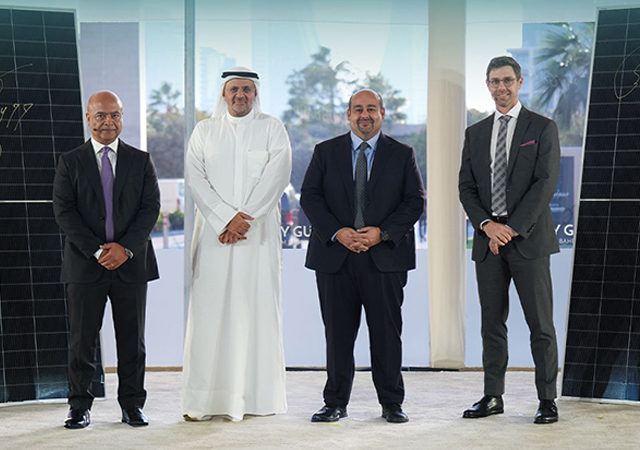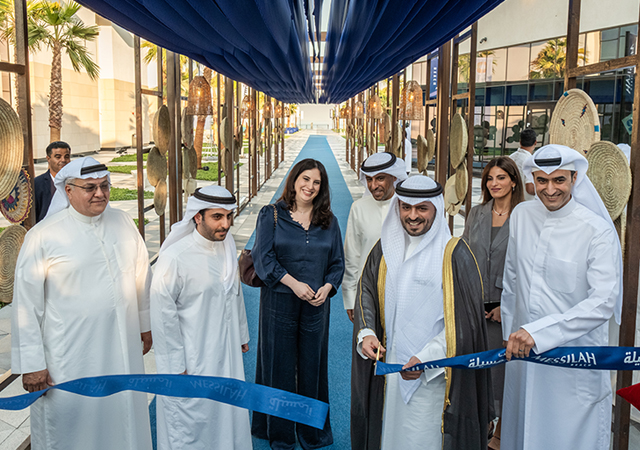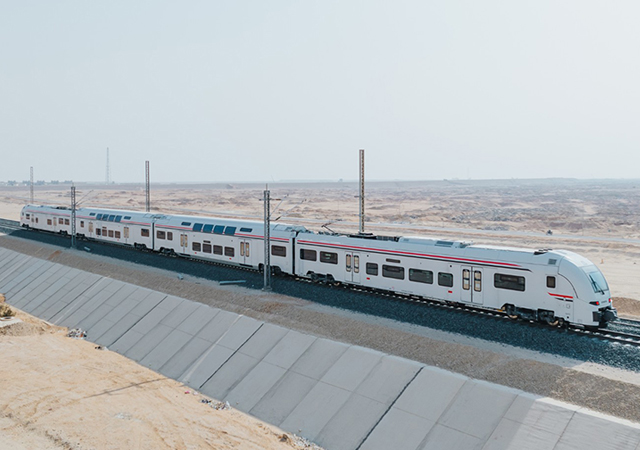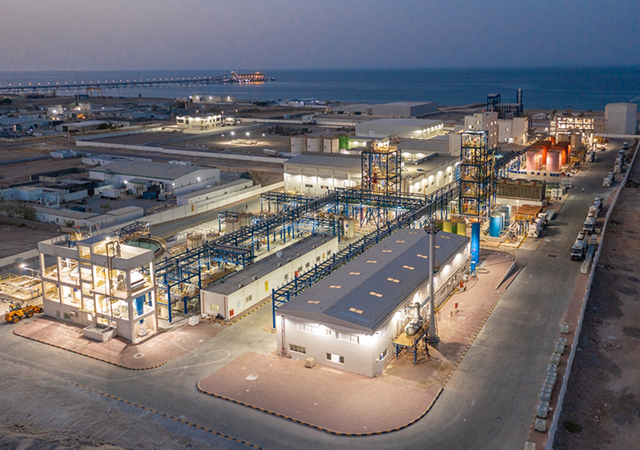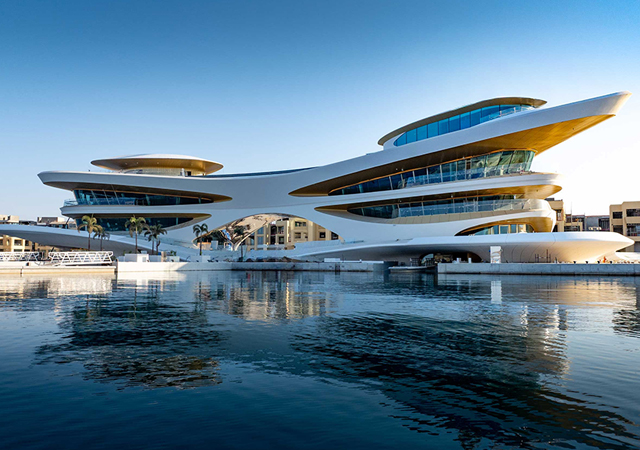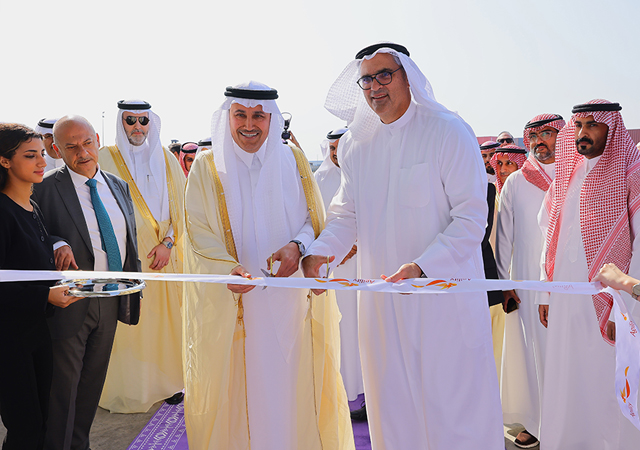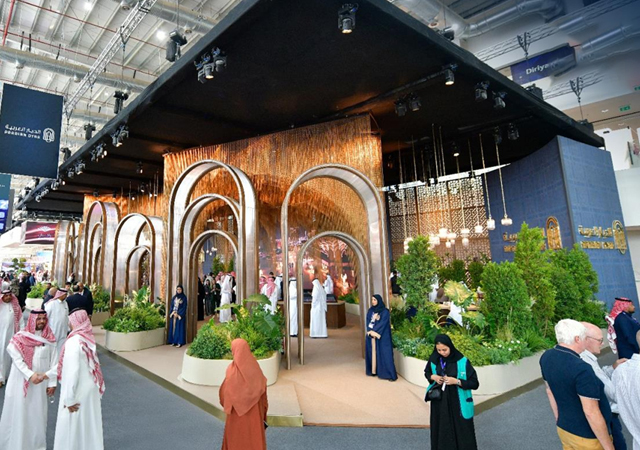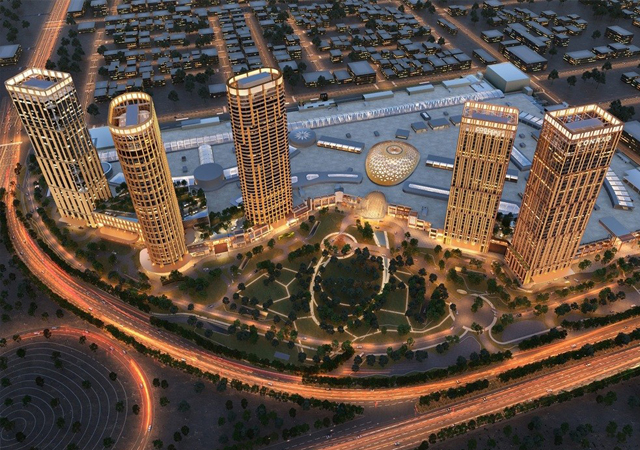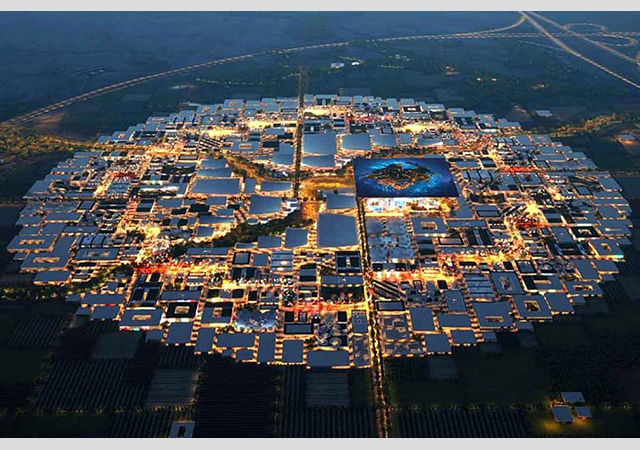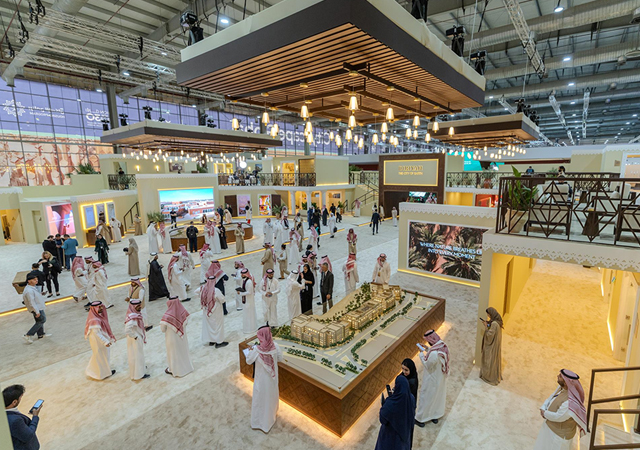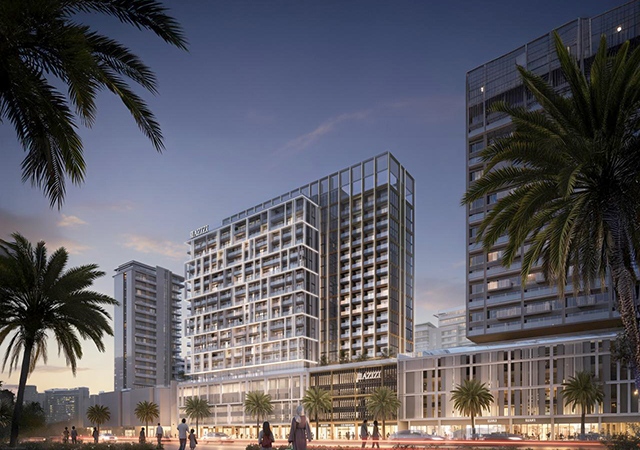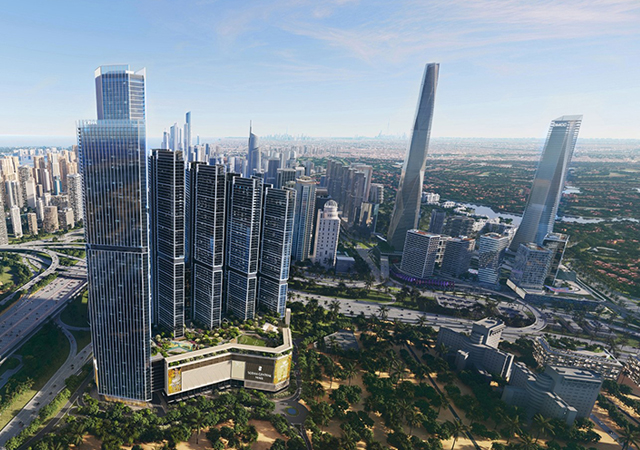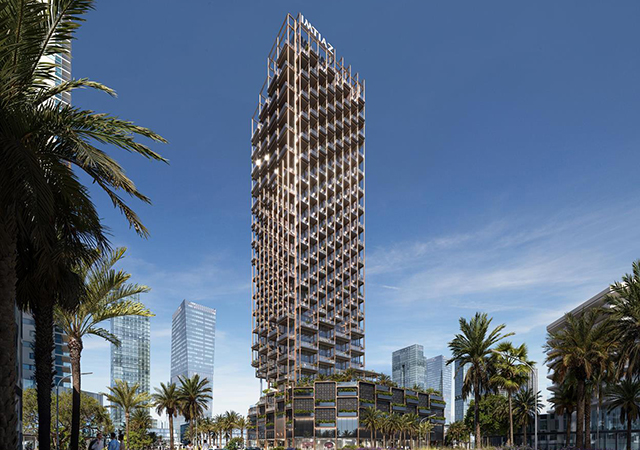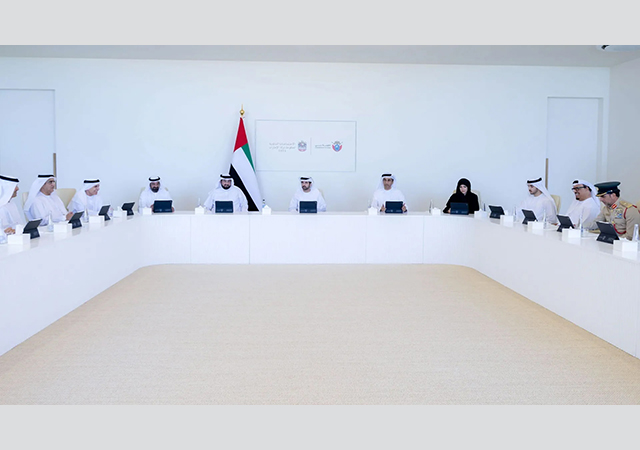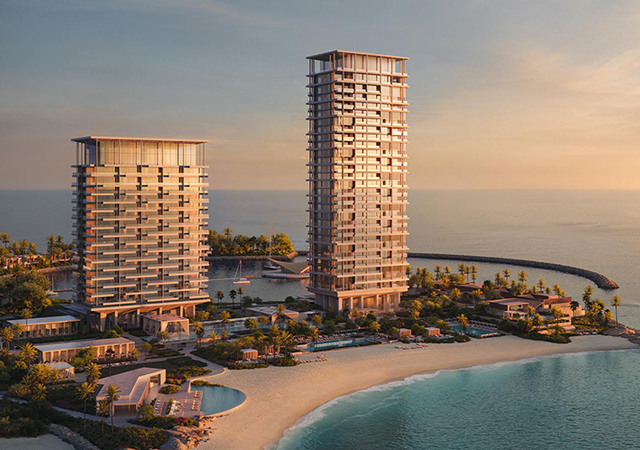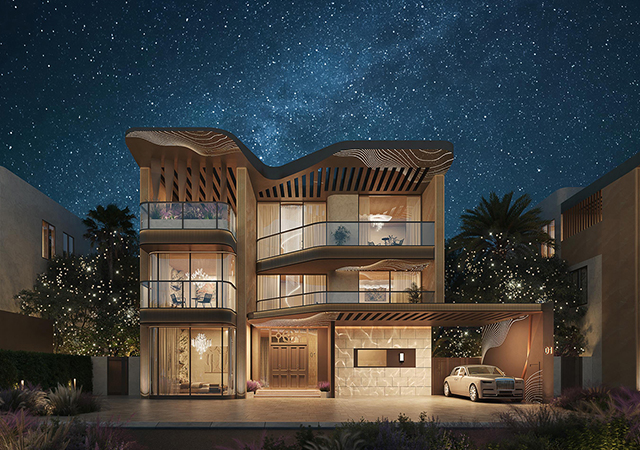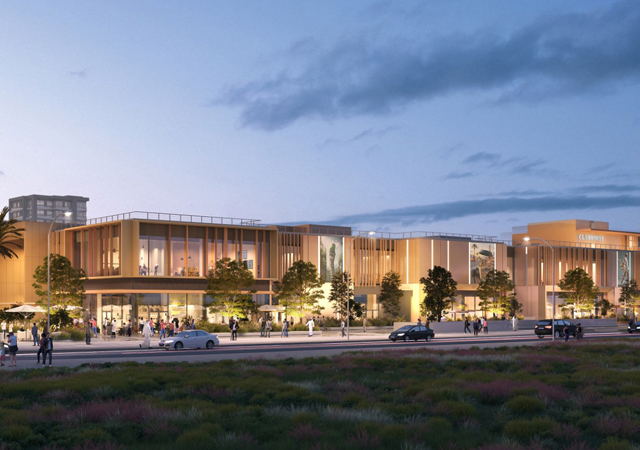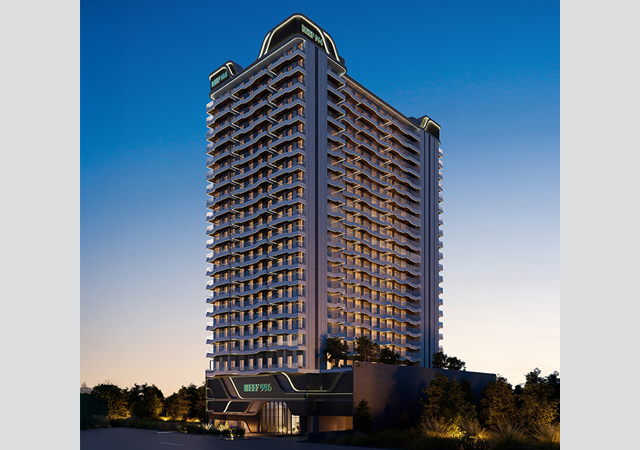 Sofitel The Palm Dubai ... main facade at night.
Sofitel The Palm Dubai ... main facade at night.
NESTLED within the tranquil groves of the Palm Jumeirah Island, Sofitel The Palm Dubai is a one-of-a-kind five-star luxurious resort that has brought the charm of a Polynesian village and the convenience of a modern setting to Dubai, UAE.
The resort, which opened its doors last November, boasts 361 guest rooms and suites, as well as 182 fully serviced residences overlooking a private 500-m stretch of pearlescent beach, offering guests breath-taking sea views overlooking the East Crescent of the Palm Island.
The 100,000-sq-m Sofitel The Palm Dubai’s distinct French luxury offering embraces rich and iconic elements of Polynesian culture and civilisation. With an abundance of stunning organic architecture and lush vertical gardens, the low-rise resort reflects a timeless spirit and tropical allure, evoking a sense of serenity and calm.
According to Gregory Maliassas, senior vice-president, Sofitel Middle East, Africa and Indian Ocean, the rare design elements conceptualised by Mirk Architecture and renowned French botanist Patrick Blanc allow guests a “total sense of escapism from the bustle of the city of Dubai”.
Infused with a combination of vibrant colours, rich natural woods and a sophisticated touch of island chic, all 361 rooms and suites reveal a modern and refined translation of French Polynesian culture. Understated luxury is combined with the utmost comfort: all guest rooms feature Sofitel’s MyBed concept – an all-feather bed and extra light down duvet. Onyx laden bathrooms capture elements of traditional architecture, with exotic woods and a centrally-positioned stone bathtub overlooking the rest of the living space and private balconies. A mini haven of luxury and relaxation, each bathroom features deluxe French amenities such as Lanvin and Hermes.
 |
|
The Prestige suite. |
The hotel also offers 182 serviced residences and boasts a multitude of food and beverage outlets, namely Studio du Chef, offering a modern take on traditional French cuisine; Porterhouse, the property’s signature steak restaurant; Manava, the all-day dining restaurant; Hong Loong, offering authentic Chinese cuisine; Moana, the seafood restaurant; and Maui Beach Bar and Restaurant, which allows guests to relax while enjoying treats from the barbecue.
The resort also features the 2LIV Nightclub spread over three levels and the So Spa, encompassing an area of 2,500 sq m and 28 treatment rooms. In addition, 1,500 sq m of meeting space including a ballroom and four conference rooms ensures that the hotel can cater for conferences, meetings, incentives, events and weddings, accommodating up to 700 people.
“We wanted to create an alternative to the standard resort-like hotels in the city and by combining traditional Sofitel hospitality with the Polynesian theme – and from the feedback we have received thus far – we feel we have fulfilled this aim,” says Christophe Schnyder, general manager, Sofitel The Palm Dubai. “The property’s one-of-a-kind design transports guests on a sensory discovery, driven by the indoor green walls, the lush outdoor gardens and the 500-m-long private beach.”
Design philosophy
In an attempt to take luxury back to basics, the Sofitel The Palm Dubai has been modelled on a Polynesian village, fresh with green foliage, cabana-style fittings, and flowing water features that greet guests as soon as they step inside. The lush, green, vibrant environment is the brainchild of Mahnaz Liaghat, CEO of Mahnaz International Design & Planning and formerly the design director of Mirk, who has paid particular attention to the island theme. The lobby itself is set below a traditional, natural wood cabana, complete with tranquil water elements that complement the guest relaxation areas.
 |
|
The dining room of a Lodge villa at Sofitel The Palm. |
A special feature of the ground floor is a ‘living wall’ vertical garden planted by Blanc. The garden seemingly stretches for miles before the eyes as guests first venture into the hotel, and provides a wonderful ‘outdoors indoors’ experience. The Koru, a traditional fern symbolising the embodiment of new life, accentuates the special vertical garden. In addition, corridors and smaller spaces have been specially designed to evoke the fresh feeling of a green village, with plenty of American ash, bamboo, and earthy-toned surroundings.
According to Liaghat, the client intended the resort to be a place of rediscovery and enchantment. As such, the design draws upon the style of the French Polynesian islands through a modern interpretation and translation of culture. Iconic symbols support the overarching design concept that gives the resort its unique and memorable identity. These symbols have been incorporated throughout the design to unify the feel and tone of the individual spaces. The positive message each carries with it reinforces the overall purpose of the resort itself.
“Our challenge was how to make a six-storey building feel like a Polynesian resort. More importantly, we wanted to showcase a new way of defining ‘luxury’ through the experience the resort provided. In keeping with the ‘less is more’ ethos, we have designed the resort incorporating natural (first-generation) materials such as stone, wood, water and nature, and combined this with subliminal design cues, in other words the fourth dimension, that influences our subconscious mind to make a space feel great and complete,” says Liaghat.
The joinery works were undertaken by Khansaheb Joinery & Interior.
Polynesian themes
Traditional Polynesian motifs punctuate all areas of the resort. Intricate details of the Koru, gecko, tiki, turtle, butterfly, and Tiare flower can be spotted on doors, walls, and floors – all of which symbolise peace, freedom, energy, connection, life, and new beginnings. The massive doors at the main entrance to the hotel features a symbol of a tiki – which is believed to offer protection from evil spirits. According to Liaghat, the wooden ceiling of the entranceway is similar to that of the lobby, offering guests an invitation to explore.
 |
|
The “living wall” ... a sensory discovery. |
The ceiling of the lobby is designed as a cabana and features extensive use of American ash. In addition, simple and pure water features and vertical walls of floral plants surround the two sides of the lobby, immersing one in a lush green and vibrant environment found in traditional Polynesian villages. To emphasise the experience, lights bounce off the dynamic wood on the ceiling and combine with the green wall to give a spiritual meaning to this space. Further, natural materials like water, stone, and wood, and the contrast of captured dark and light shadows and shades symbolise a journey through villages and passages to new experiences.
Liaghat continues: “The reed ceiling and a path draw you towards a ‘Wall of History’ that has been designed to recall aspects of a traditional Polynesian village and their infusion within a modern setting. The wall visually explains the meaning behind the symbols used within the design, and as you walk through the rest of the resort, you begin to feel the connection to the tradition and culture. In addition, vertical plantings and the sharp contrast of light and dark escaping from the edges through the retail corridor create a soft and pleasant connection. The awning-like ceiling is designed to resemble a walk through alleys between villages.”
Other noteworthy elements in the hotel include the checkout counter with its sculpted American ash wood trunks. The lift lobby, which acts as a transition between the different Polynesian islands, combines wood and reeds and indirect light to bring back memories of walking through nature.
In addition, the impressive ballroom celebrates life and its richness through the use of American ash in its ceiling, which has been designed to represent the bottom of a canoe, which is integral to Polynesian culture.
Natural living
Subtle design, natural raw materials and attention to detail combine perfectly in each room and residence at the Sofitel The Palm Dubai, which have been designed to provide a relaxed environment that focus on the beauty and simplicity of nature. For this reason, furniture and fixtures have been carved out of natural dark woods, predominantly stained American ash, raw stone and pale onyx.
 |
|
The lobby ... extensive use of American wood. |
Inside, exotic-looking stained American ash, vibrant, rich colours, and understated luxury features in every room. Each bathroom has been created with the open-air in mind, with natural stone underfoot and rain-shower fittings overhead. Centralised stone baths overlook the airy living spaces while touches of blue and purple textiles complete the understated luxury.
Explaining the decision to use American ash, Liaghat says: “Originally we specified reconstituted African walnut in an attempt to stay within the original budget. However, the client was keen on an exotic wood, which at the time did not match well with the design aesthetics of the project. As a result, we selected American walnut and created the initial mock-up rooms. However, the quantity of walnut required for this project meant that it would have taken over five years to source. American ash, with its open grain finish and coarse uniform texture, was the next best alternative that was readily available, in line with the budget, and could satisfy the design requirements of the project. Looking at the resort today, I am proud that it stands as a unique product that is a testimony of the complete design.”
The low-rise haven evokes elegance and serenity with its organic architecture, combining smooth lines, curves, and contours.



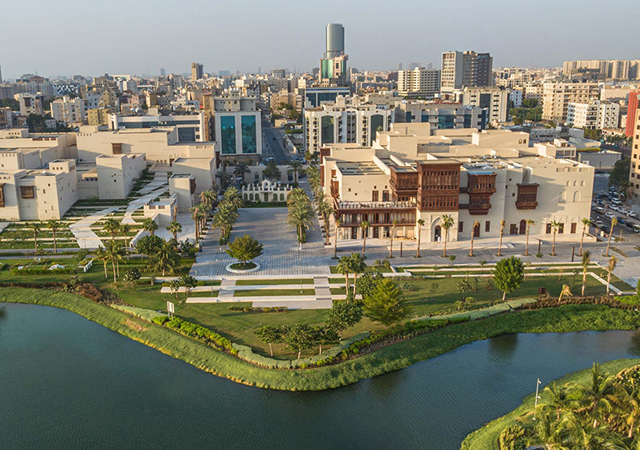


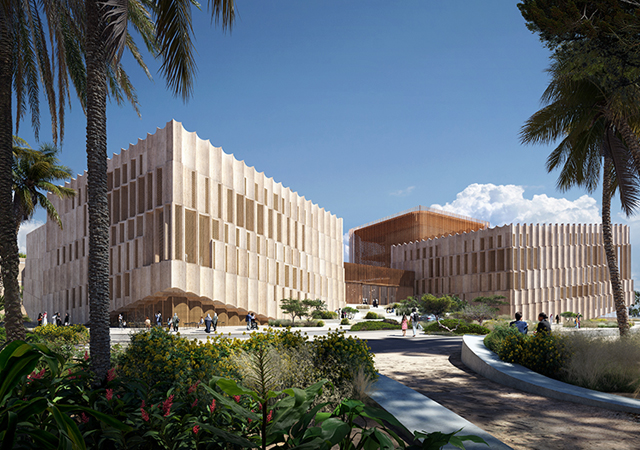

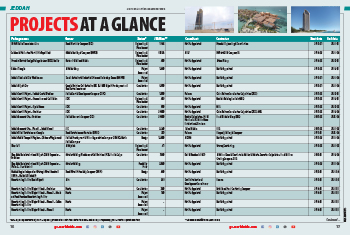
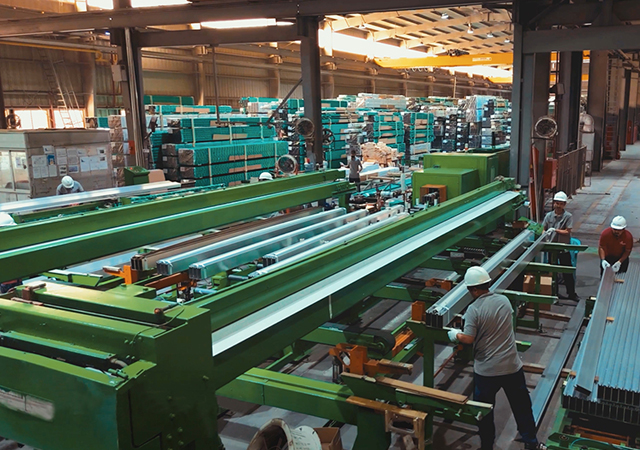



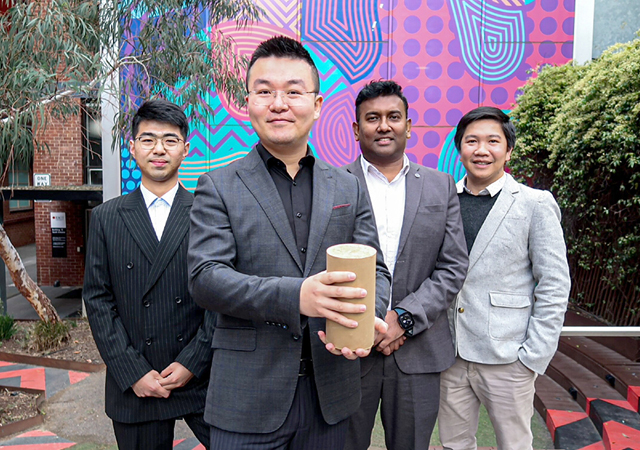
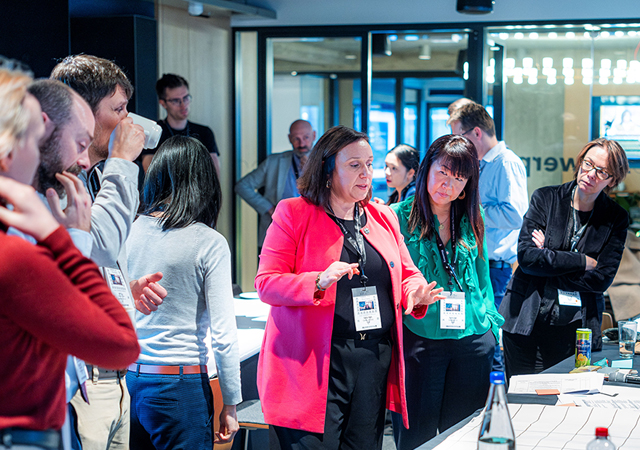
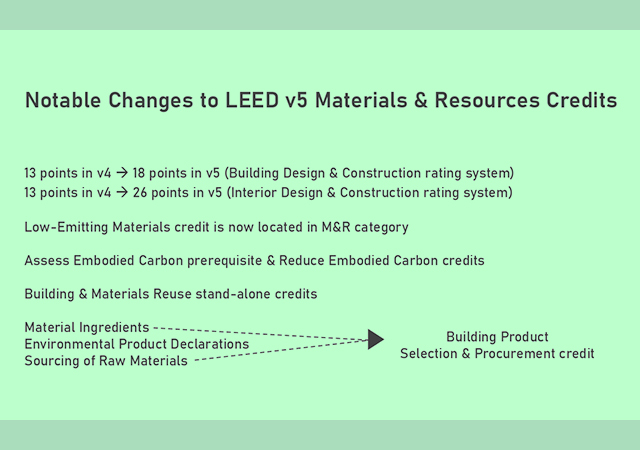
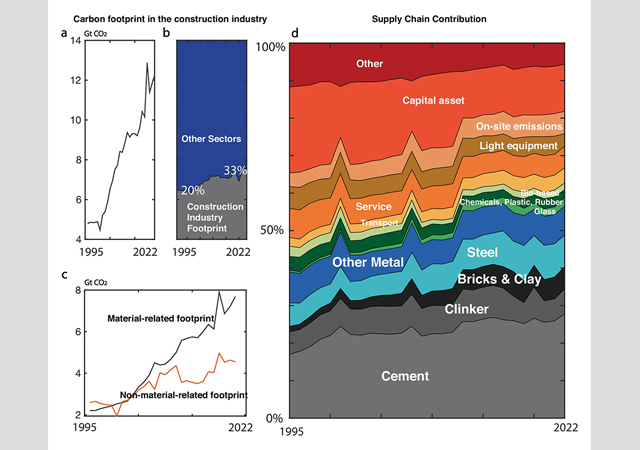
.jpg)
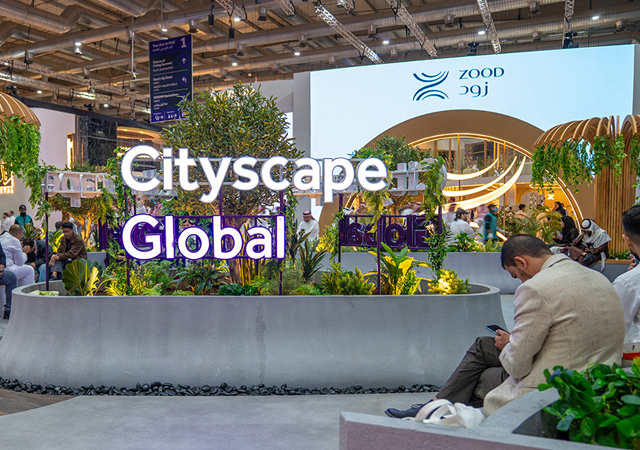
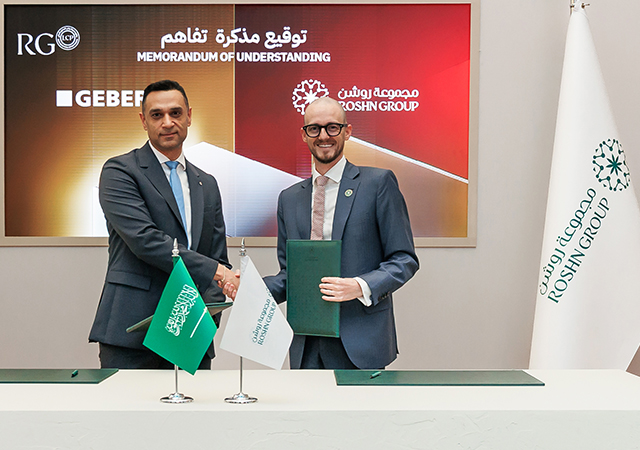

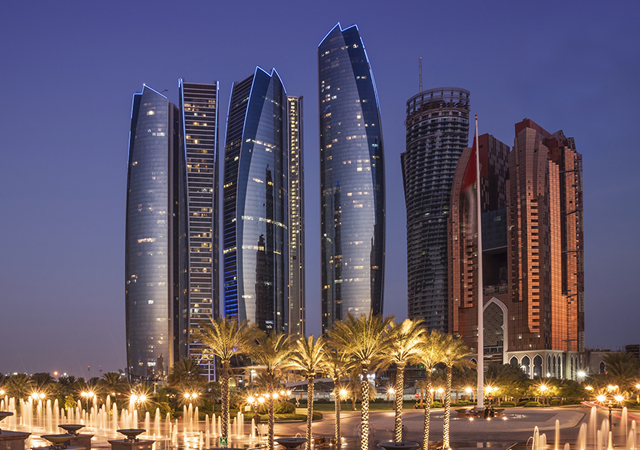


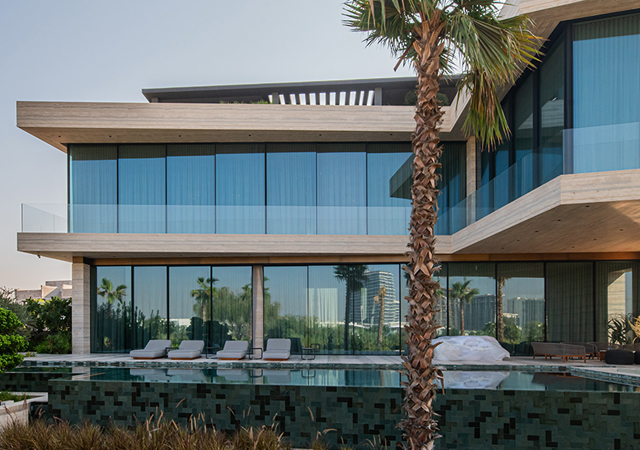






 (1).jpg)

